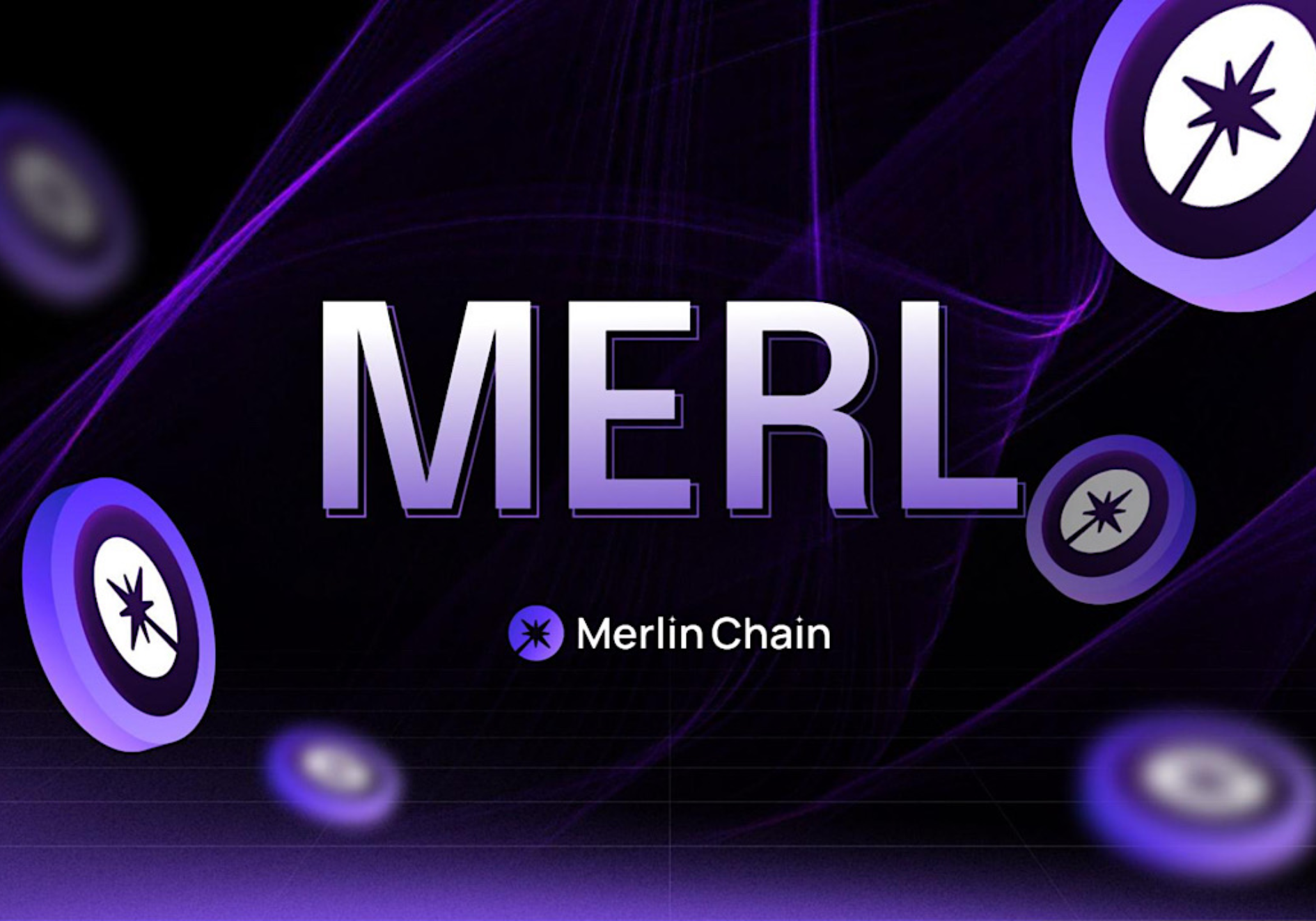As of April 2025, the U.S. World Food Programme (WFP USA) has embraced a revolutionary approach by accepting Bitcoin, Dogecoin, and over 80 other cryptocurrencies for donations. Announced on April 9, 2025, this initiative targets raising $25 million for the “Emergency Hunger Relief Fund” to aid over 58 million people grappling with food insecurity globally. By adopting crypto donations, WFP USA leverages the expanding cryptocurrency market to boost fundraising efficiency, cut transaction costs, and connect with a wider audience. This SEO-optimized article delves into the importance of this step, the donation process, and its potential to transform global hunger relief efforts.
Why WFP USA Is Turning to Cryptocurrency
The choice to accept Bitcoin, Ethereum, USDC, Dogecoin, and lesser-known tokens like ApeCoin and BONK showcases WFP USA’s forward-thinking strategy for addressing humanitarian needs. X users point out that crypto donations slash fees and speed up fund delivery compared to conventional methods. With Bitcoin soaring past $109,000 in January 2025 (Investopedia), the timing taps into a global surge in digital assets. By integrating blockchain technology, WFP USA modernizes its approach while appealing to donors who favor cryptocurrencies over traditional cash.
This move arrives amid urgent need. With more than 58 million people facing severe hunger due to war, climate shifts, and economic turmoil, the “Emergency Hunger Relief Fund” aims to deliver rapid support. Crypto helps by reducing the high costs of cross-border transfers, ensuring more aid reaches those in distress more quickly.
How to Support WFP USA with Crypto Donations
Joining this crypto donation effort is simple. WFP USA collaborates with a secure payment processor to handle over 80 cryptocurrencies. Donors can head to the official WFP USA site, pick their preferred token—whether Bitcoin, Dogecoin, or another—and send funds straight from their crypto wallets. Blockchain’s transparency guarantees every contribution is traceable and safe, making the process smooth and reliable.
For newcomers to cryptocurrency, WFP USA offers step-by-step tutorials on creating wallets and buying tokens through leading exchanges like Binance or Coinbase, both dominant in 2025. This user-friendly setup widens participation, welcoming both experienced crypto investors and first-timers to support the cause.
How Crypto Could Transform Hunger Relief

Adding Bitcoin and Dogecoin to WFP USA’s toolkit could redefine humanitarian funding. Blockchain’s fast, low-cost transactions ensure more money reaches the field promptly. For instance, a $100 BTC donation bypasses steep banking fees, directly benefiting families in need. X posts, including from @ThuanCapital, praise this efficiency as a breakthrough, enabling swift crisis responses.
The $25 million target highlights the ambition of this campaign. Success could inspire other nonprofits to embrace cryptocurrency donations, expanding blockchain’s role in philanthropy. Featuring popular coins like Dogecoin, endorsed by figures like Elon Musk, might also spark widespread engagement from meme coin fans.
The Bigger Picture in 2025
With crypto adoption surging—Vietnam topping global charts per Coin68—WFP USA’s initiative mirrors a worldwide trend. The cryptocurrency market holds vast potential for nonprofits, merging innovation with social impact. Accepting Bitcoin and Dogecoin diversifies funding streams and cements WFP USA’s status as a trailblazer in aid delivery.
Conclusion
Since April 2025, WFP USA’s adoption of crypto donations signals a leap into the digital future. Using Bitcoin, Dogecoin, and over 80 tokens, it aims to raise $25 million to fight hunger for 58 million people. For crypto fans, it’s an opportunity to contribute—visit WFP USA today and help end global hunger!




